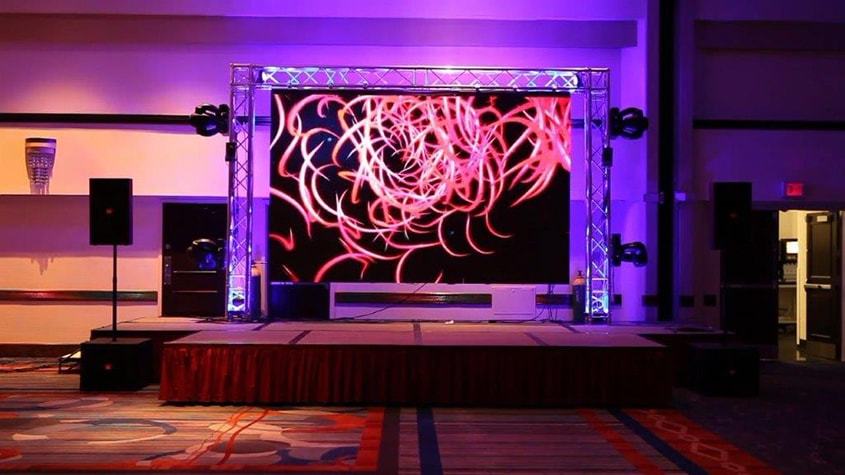Light Emitting Diode video walls have become more common in various settings, such as music events, athletic competitions, as well as business meetings. These large large displays are made up of many individual Light Emitting Diode modules which function collectively to create a single cohesive visual. There are multiple kinds of Light Emitting Diode display screen solutions available, every with its own features and benefits. Understanding these technologies can assist companies as well as entities select the right solution for their particular requirements.

A common kind of Light Emitting Diode video wall solution is the directly viewed Light Emitting Diode. Such technology uses individual Light Emitting Diode units that are placed closely in proximity to create a large screen. Direct view Light Emitting Diode walls are recognized for their high luminosity as well as lively colors, making them ideal for external activities or brightly lit settings. These displays also have a wide sight angle, which means that viewers can view the display clearly from various locations. This makes directly viewed LED screens a favored option for stadiums as well as outdoor events.
A different type of LED display wall solution is the LED illuminated Liquid Crystal Display. This solution combines conventional Liquid Crystal Display screens with LED backlighting for improved luminosity as well as color accuracy. LED illuminated Liquid Crystal Displays are commonly utilized in indoor settings, such as retail centers as well as conference spaces. These displays provide excellent image quality while are generally more affordable than direct view Light Emitting Diode walls. Nonetheless, they may often function as well in bright environments, as the illumination can occasionally dull the hues.
A third option is the Organic Light Emitting Diode display screen. Organic Light Emitting Diode solution offers exceptional contrast and color depth compared to alternative types of displays. Each pixel in an Organic Light Emitting Diode display produces its individual luminescence, enabling for genuine dark tones as well as vibrant colors. This renders OLED display screens especially attractive for uses which demand premium images, including gallery exhibitions and luxury retail stores. Nonetheless, OLED technology can be more expensive and may not be as bright as direct view LED walls, making it less suitable for outdoor use.
Along with the aforementioned options, there are also multiple uses for LED video screens. These displays can be used for promotion, go to this web-site entertainment, and data presentation. For instance, businesses often utilize Light Emitting Diode video walls for electronic advertising to draw in customers and promote goods. Within entertainment, they enhance the sight encounter at concerts and gatherings, offering dynamic backdrops as well as engaging visuals. In corporate settings, LED display walls can be used for demonstrations, visual conferencing, as well as educational sessions, helping to communicate information in a aesthetically appealing manner.
In conclusion, LED display walls come in various technologies, each having its own benefits as well as applications. Directly viewed LED walls are great for outdoor applications, while LED illuminated Liquid Crystal Displays are more suitable for interior environments. OLED display walls offer superior visual quality yet may come at a greater cost. Understanding the differences variations can help entities make informed choices about which kind of LED display screen best satisfies their needs, whether it be for advertising, entertainment, or business applications.
Comments on “A Comprehensive Comparison of Different LED Video Screen Technologies and The Uses”